Teotihuacán , Mexico, Mexico
November 21
We took a bus to Teotihuacán, the famed archeological site about 30 miles north of Mexico City . Our ride, well used with a cracked windshield and a security guard who slept through the entire trip, left early in the morning from Terminal Norte, the busiest of the city's four bus stations, for the hour's ride north. It was just after sunrise when we reached Teotihuacán. The city is laid out north to south along a nearly two mile street, known as “The Avenue of the Dead.” As we explored the citadel at the southern end of the ruins, the pyramids of the sun and moon rose out of the morning haze like distant mountains.

| |
Los piramides del Sol (right) y la Luna (left). |
Once the capital of a huge empire, Teotihuacán is now inhabited by birds and stray dogs, flowers poking through the cracks in stone walls and floors. It's also haunted by locals peddling souvenirs and handcrafts, who would appear suddenly from around a corner and offer their wares. In the early morning hours, archeological excavations which have been ongoing for nearly 100 years, have already started.
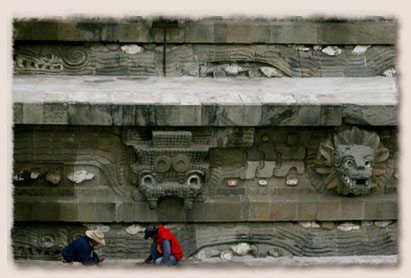
| |
Archeological work has been ongoing for the past 100 years at Teotihuacan and is still not finished. |
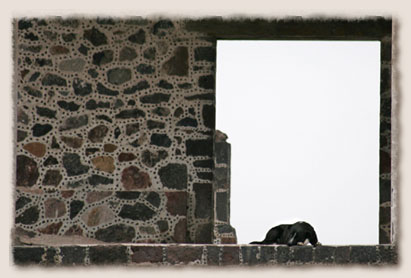
| |
Dogs ran wild around the ruins. This one had curled up on the steps of the Palacio de Quetzalpapalotl. |
Teotihuacán was built by a pre-Hispanic culture over 2,000 years ago and was the largest ancient city in Mexico before being abandoned in the 8th century A.D. It was later discovered by the Aztecs, who used it as a holy site because they thought it had been built by the gods. The ruins continue to hold a mystical appeal to many people. As we finished climbing the 248 steps to the top of the Pyramid of the Sun, a group of white-clad New Age spiritualists formed a circle with their arms outstretched towards the sky. Nearby, a group of German tourists took each others pictures and a dog, who had somehow made his way to the 70 meter summit, slept in the sun.
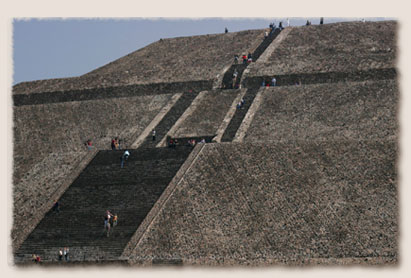
| |
Piramide del Sol (Pyramid of the Sun), the third largest pyramid in the world. |
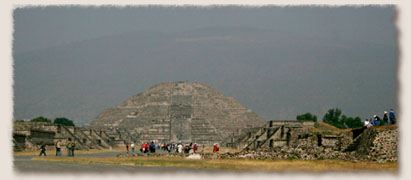
| |
The ruins of Teotihuacan with the Pyramid of the Moon in the northern end of the site. |
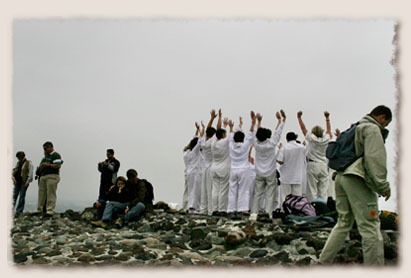
| |
Some kind of spiritual group, all dressed in white, was having a revival on top of the Pyramid of the Sun. |

| |
We're not sure if he belonged to someone or if he climbed the steps himself, but this little dog was fast asleep on the very top of the Pyramid of the Sun. |
By noon the site was filled with tourists. From our perch on top of the pyramid we watched the crowds, wandering in groups through the streets that were once home to thousands.
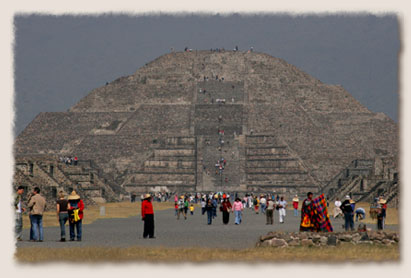
| |
Piramide de la Luna (Pyramid of the Moon) |

| |
The steep steps of the ruins made for a scary decent, although not as tiresome as climbing up them. |
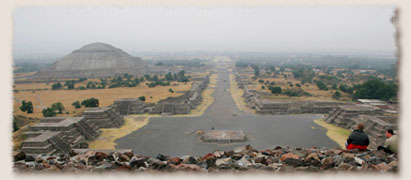
| |
From a top the Pyramid of the Moon the rest of the Teotihuacan ruins stretch into the distance. |

| |
Getting to the ruins early in the morning allowed us the chance to explore the site with minimal tourists. |
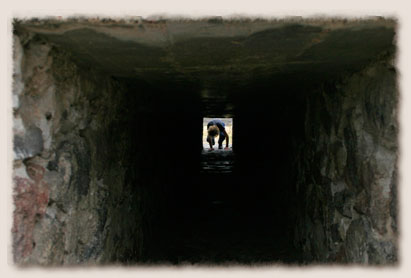
| |
We took the dog passage through the Calzada de los Muertos. |
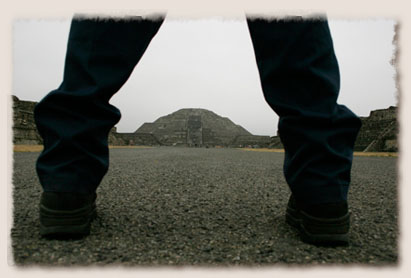
| |
The Pyramid of the Moon, through the legs of Jeremiah. |
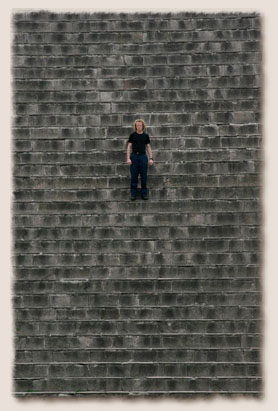
| |
There are only two ways to go, either up or down, and still Jeremiah gets lost on the steps of the Templo de Quetzalcoatl. |

| |
Figurines from the ruins. |
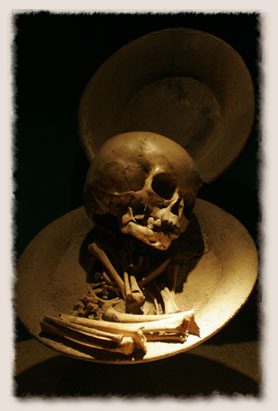
| |
The skeletal remains of a child on display at the Teotihuacan museum. |

| |
The broken stalk of some kind of cactus. |
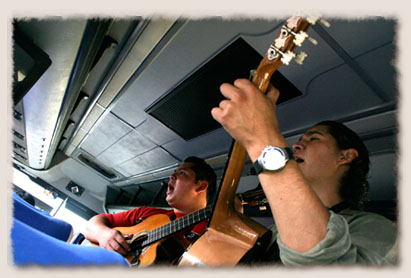
| |
Two young mariachis boarded our bus back to Mexico City , playing songs to the passengers then asking for money for entertaining us. |
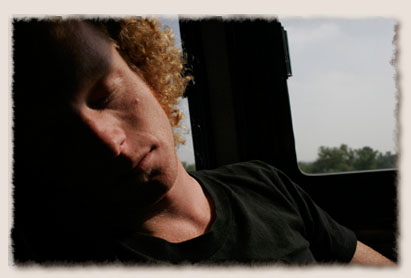
| |
Unbeknownst to Jeremiah, the mariachis were actually playing lullaby ballads to him as he slept on the bus. |
|
|